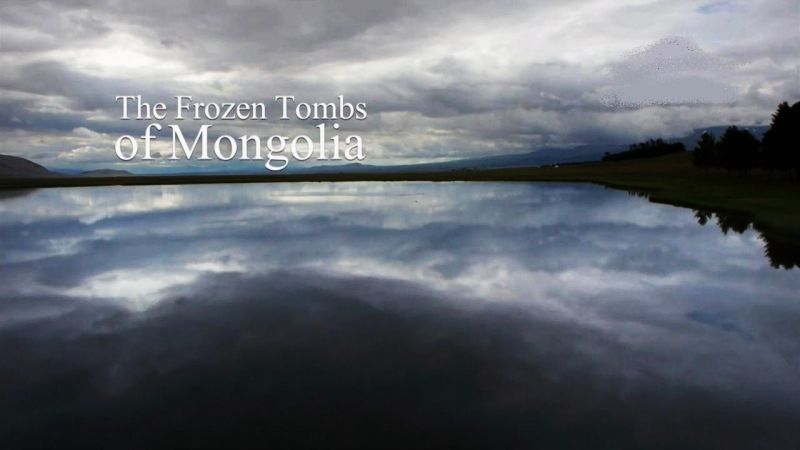The Frozen Tombs of Mongolia: In the frozen steppes of the Altai, a Franco-Mongolian archeological expedition prepares to excavate the tombs of Eastern Scythian warriors, some 2,300 years old. The Scythians’ ritual practices of deep burial of the dead, in combination with extreme climatic conditions, mean the scientists may discover the last frozen tombs on the planet, and thus elucidate the mysteries surrounding nomadic horsemen. Who were they? How did they live? How did they die? What were the beliefs and funeral rites of the Eastern Scythians? An investigative thriller which throws new light on a forgotten civilization.
The Scythians were an ancient Eastern Iranian equestrian nomadic people who migrated from Central Asia to the Pontic Steppe in modern-day Ukraine and Southern Russia. They were skilled in mounted warfare and replaced the Cimmerians as the dominant power on the Pontic Steppe in the 8th century BC.
The Frozen Tombs of Mongolia: Unearthing the Secrets of the Nomads
Hidden in the frozen tundra of Mongolia lies a treasure trove of ancient history waiting to be uncovered. The Frozen Tombs of Mongolia hold the secrets of the nomadic warriors and their way of life that flourished in the region over 2,000 years ago. These tombs, known as “burials of the noble ones,” are an incredible find for archaeologists and historians alike.
One of the most significant discoveries in these tombs has been the preservation of organic material, such as textiles, leather, and even human remains. This is due to the extremely cold climate, which has prevented decomposition and allowed for the preservation of these artifacts. Additionally, the tombs also contain a wealth of information about the nomadic lifestyle and beliefs of the ancient people of Mongolia. One of the most notable tombs belonged to a high-ranking nomadic warrior, who was buried with his horse and various other possessions. The tomb contained a wealth of gold and silver artifacts, including weapons, tools, and jewelry. This burial provides a unique insight into the importance of horses in the nomadic lifestyle, as well as the wealth and status of the warrior.
Another remarkable discovery in the Frozen Tombs of Mongolia is the abundance of textiles and clothing. These artifacts have provided a glimpse into the intricate and highly skilled weaving techniques used by the nomads. The textiles also offer insights into the religious beliefs and cultural practices of the ancient people, with intricate patterns and symbols woven into the fabric. The tombs also hold evidence of a highly developed system of writing, with inscriptions on stone slabs and metal plates. This writing system, known as the Orkhon script, has been instrumental in decoding the history of the ancient nomads and their way of life.
The Orkhon script
The Orkhon script is a writing system that was used by the early Turkic peoples who lived in Central Asia from the 6th to the 8th centuries AD. It was named after the Orkhon Valley in Mongolia where the earliest inscriptions of this script were discovered. The Orkhon script was written using the runic alphabet, which consists of a series of characters that represent sounds, rather than individual letters. The script was used to inscribe important monumental inscriptions, such as stone inscriptions and rock carvings, that described the genealogy and accomplishments of the Turkic khans and their tribes.
The Orkhon script was instrumental in the development of the Turkic peoples, as it allowed them to record their history, customs, and beliefs. It is considered the first Turkic script and one of the oldest written scripts of the Turkic-speaking world. The inscriptions in the Orkhon script were written in a language called Old Turkic, which is considered a direct ancestor of modern-day Turkish, Azerbaijani, and Turkmen languages.
The Orkhon script was used to inscribe the famous Orkhon Inscriptions, which were discovered in the late 19th century and are now protected as a UNESCO World Heritage Site. The inscriptions provide important information about the early Turkic peoples, including their religion, customs, and genealogy, as well as their relations with other nomadic peoples of Central Asia.
The Orkhon script has been preserved in several monuments and inscriptions, making it an important artifact for the study of the early Turkic peoples and their history. The script has been deciphered, and the inscriptions have been translated, providing valuable insight into the lives and culture of these ancient nomadic peoples.




